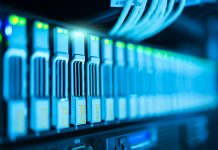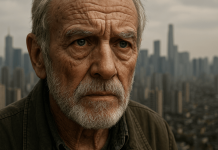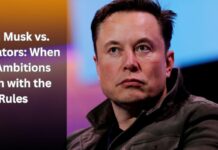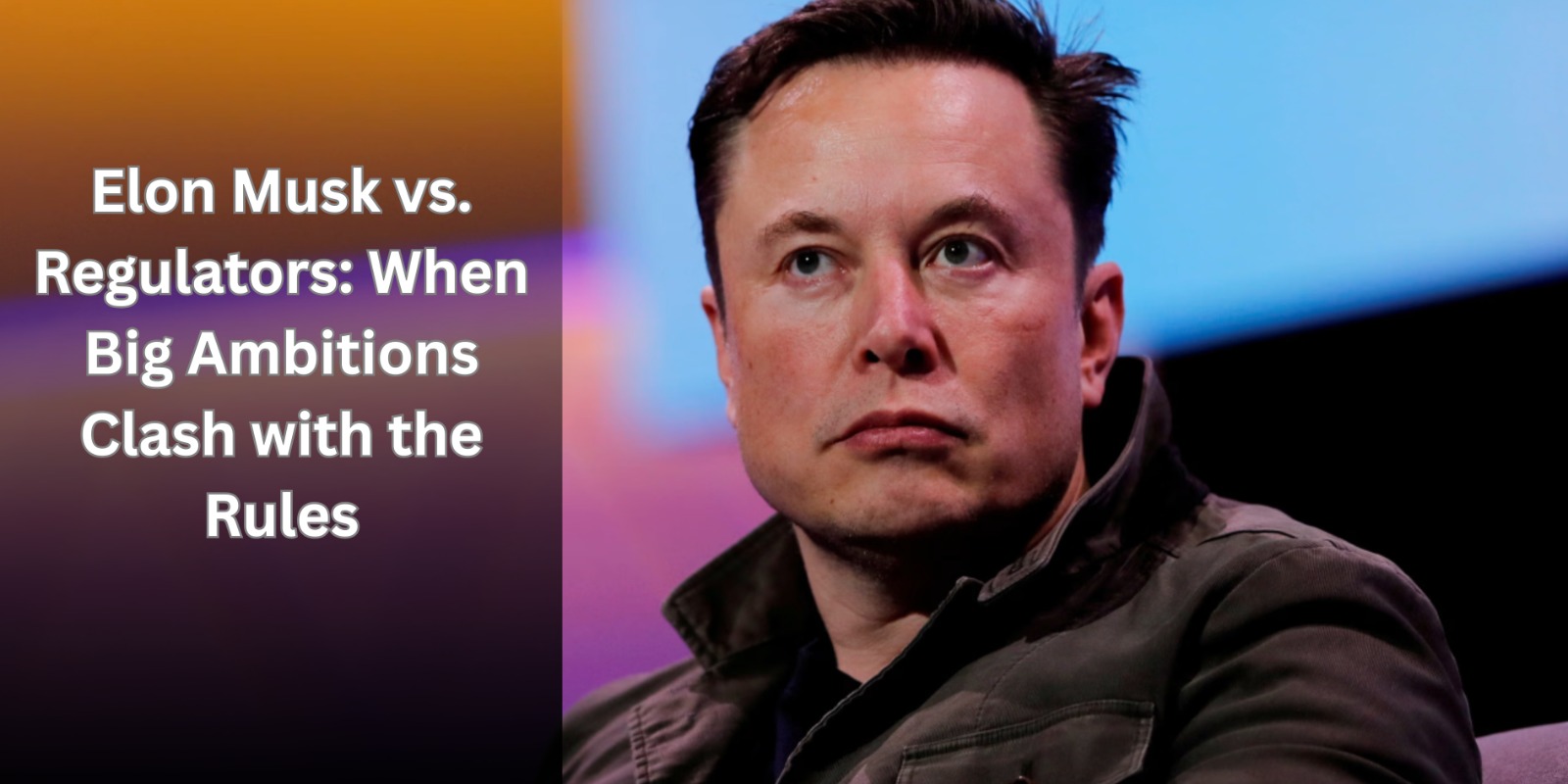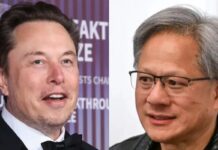Table of Contents
Elon Musk is no stranger to pushing boundaries. Whether with Tesla, SpaceX, Neuralink, or The Boring Company, he often challenges norms and rewrites playbooks. But recently, Musk and his companies have run headlong into regulators—the agencies that enforce laws, safety standards, and rules in each region.
This blog walks you through the latest clashes: what’s happening, why regulators care, where the trouble lies, and what this tug-of-war might mean for Musk’s vision and all of us.
1. Who Are the Players & Why It Matters
Elon Musk & His Ecosystem
Musk leads or is deeply involved in multiple companies:
- Tesla: electric cars, autonomous driving software
- The Boring Company: tunnels, infrastructure
- X (formerly Twitter), xAI, etc.
His goal: build bold, futuristic technology that changes how we live. But with ambition comes friction—especially when real-world laws are concerned.
Regulators & Oversight Bodies
These are governmental or legal agencies—like state insurance departments, safety agencies, and environmental regulators—responsible for protecting public safety, enforcing rules, and checking that companies don’t break laws.
In Musk’s case, he’s grappling with:
- Nevada regulators are investigating The Boring Company
- California’s insurance agency cites Tesla for claim practices
- NHTSA (National Highway Traffic Safety Administration) is investigating Tesla’s Full Self-Driving (FSD) software
Why does this matter? Because technology—especially disruptive tech—needs trust, safety, legal approval, and often government cooperation. If regulators reject a company’s actions, that company’s future can be in danger.
2. Key Regulatory Battles & New Developments
Here are some recent flashpoints from the TechCrunch article and related reporting:
The Boring Company Violations in Nevada
Nevada regulators accused the Boring Company of around 800 violations—things like digging without proper approvals, dumping untreated water onto streets, failing to protect nearby roads from debris, and not installing silt fences. These are environmental and safety lapses.
Such allegations suggest that Musk’s tunnel projects may be operating outside permitted scopes or sometimes cutting corners in oversight.
Tesla & California Insurance Department
Tesla, which in certain states acts as an insurance provider for its own cars, was targeted by California’s Department of Insurance for reportedly delaying or denying customer claims, despite repeated warnings.
This is serious—if a car company is also insuring the vehicles, regulators expect fair treatment of customers.
NHTSA Investigating Full Self-Driving (FSD)
The National Highway Traffic Safety Administration opened a fresh investigation into Tesla’s FSD software. Reports say the software might cause vehicles to run red lights or cross into incorrect lanes.
Autonomous driving is a hot and sensitive field. If the software misbehaves, people can get hurt. Regulators often step in when safety is at stake.
Musk’s Strategy: Bold Moves & Daring Pushes
Musk often moves quickly, sometimes ahead of regulatory frameworks. The article notes that Tesla recently released FSD version 14, even amid ongoing scrutiny.
Musk’s companies have historically made large bets and forced regulators to catch up—or change rules. That’s a risky play: it can lead to rapid innovation, but also backlash, fines, or legal blockades.
3. Why These Conflicts Are Not Just About Rules
It’s easy to see these clashes as simply Musk vs government, but there’s more at play:
Technology vs Regulation Speed
Tech often moves faster than laws. Regulators tend to act carefully, slowly, and by precedent. When a company pushes boundaries, sometimes the law lags.
Public Safety & Accountability
Regulators are meant to protect people. For instance, if a car’s autonomous feature is causing dangerous behavior, authorities must step in. Laws are ultimately there to balance risk and reward.
Perception & Public Trust
When Musk’s companies are accused of violations, public trust can erode. Reputation matters for adoption, partnerships, and investor confidence.
Precedent Setting
How Musk fares with regulators could set precedents for other tech firms. If regulators crack down strongly, other daring ventures might be more cautious. If Musk wins (or is tolerated), others may push boundaries too.
4. What Musk & Regulators Each Want
Musk’s Goals
- Freedom to innovate quickly, without waiting for directions
- To push tech frontiers—autonomous cars, tunnels, AI
- To shift laws and standards in his favor
- To cultivate public support for his projects
Regulators’ Goals
- Safety, fairness, liability control
- Ensuring companies follow rules, environmental and legal norms
- Preventing misuse or harm
- Holding powerful players accountable
When these goals clash, you get the kinds of battles we’re seeing now.
5. Possible Outcomes & What to Watch
- Strong enforcement & penalties: Regulators may fine, block, or restrict certain operations (tunnel permits, insurance, FSD usage).
- Regulation adjustments: Laws might change to accommodate new tech, or stricter oversight rules for autonomous systems could emerge.
- Compromise & compliance: Musk’s companies may yield on certain fronts—implement safety features, slow deployments, accept oversight.
- Legal battles: Courts may decide whether Musk’s companies overstepped. Court rulings can become wider precedents.
- Technology fallback or delay: Some ambitious tech may be put on pause if regulation is too harsh or supporting structures are blocked.
Conclusion
Elon Musk’s vision for speed, innovation, and disruption often bumps into existing rules and regulatory oversight. Recently, his tunneling projects, Tesla’s insurance practices, and autonomous driving software have all drawn scrutiny.
These conflicts are more than legal spats—they reflect a tension between how fast tech advances and how slow rules evolve. For Musk and others pushing the frontier, success may depend not just on engineering but on diplomacy, legal strategy, and public trust.

